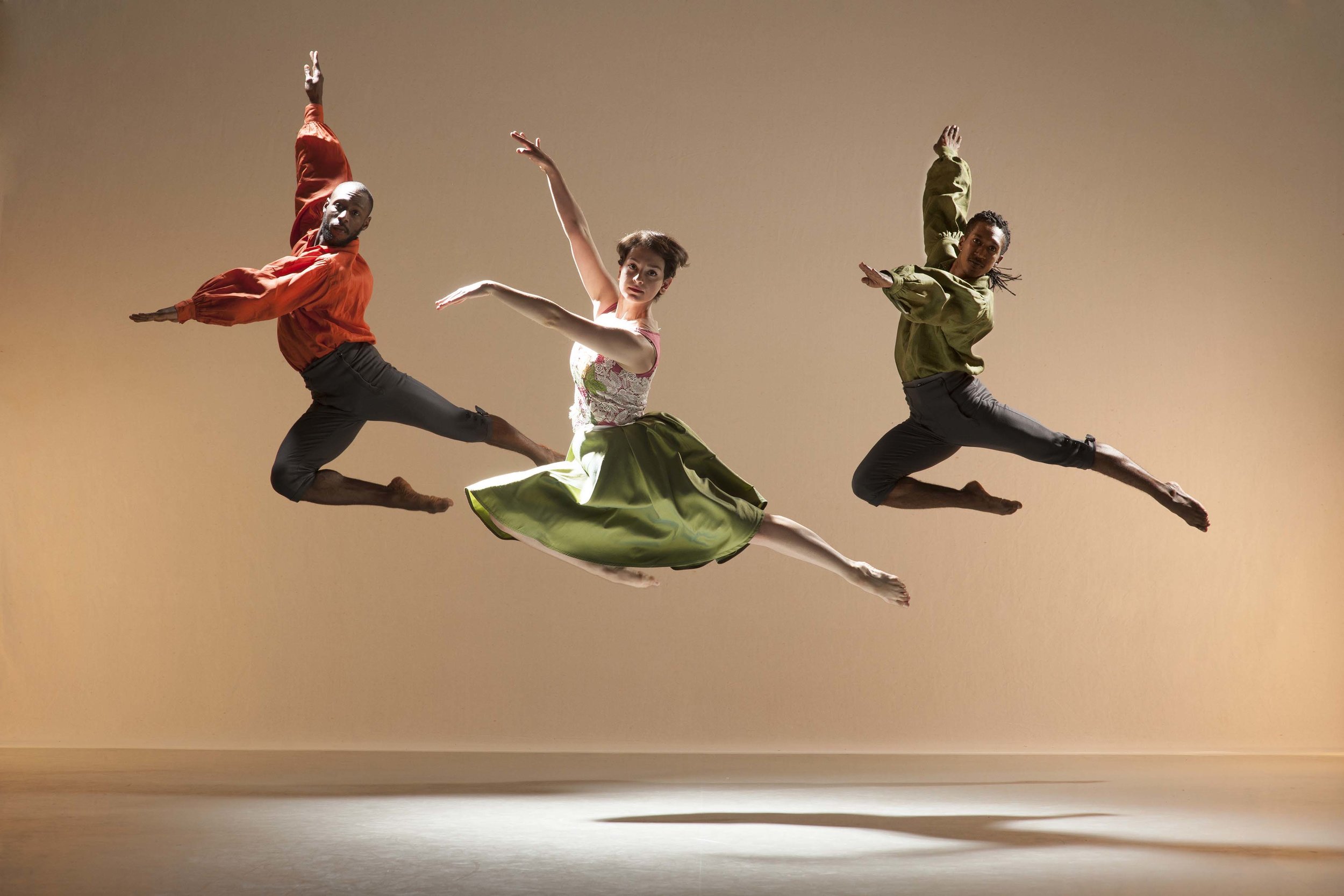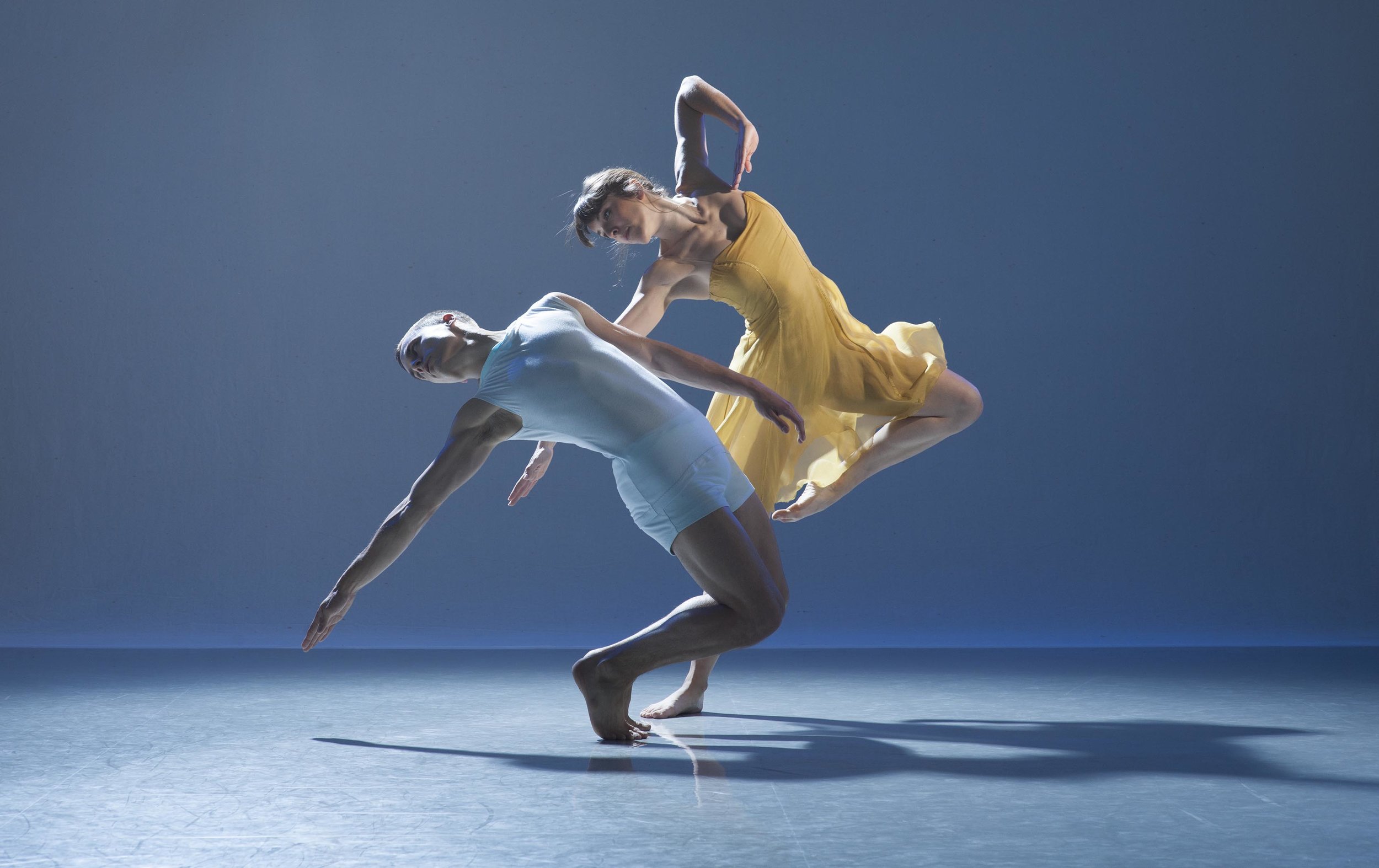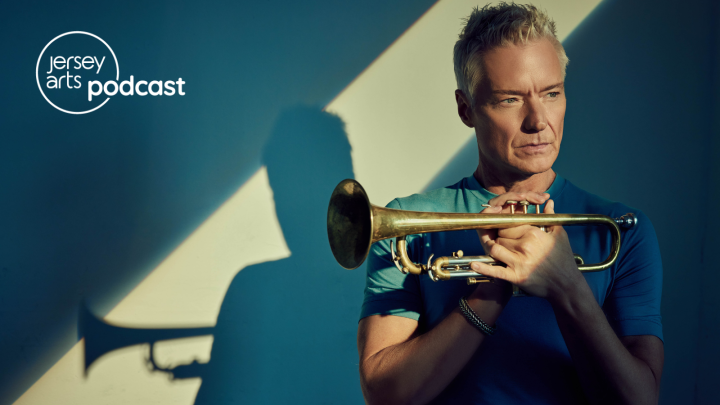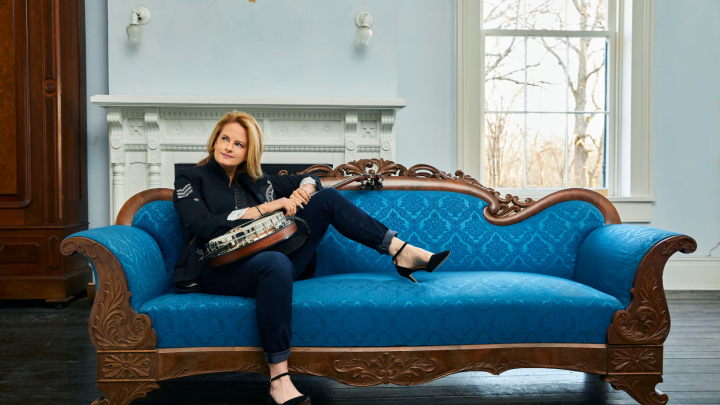London-based Richard Alston Dance Company returns to Montclair's Peak Performances

From Thursday, October 30 through Saturday, November 1 at 7:30 p.m. and on Sunday, November 2 at 3:00 p.m., the Richard Alston Dance Company – a contemporary dance company from the U.K. – appears as part of Montclair State University’s Peak Performances series. In addition to the dancers, the performances also include live music by Nicholas Phan, tenor; Jason Ridgway, piano; the American Contemporary Music Ensemble and Montclair State University’s own Vocal Accord. The program features four works, all choreographed by Richard Alston: “Rejoice in the Lamb” (American premiere), “Holderlin Fragments”(American premiere), “Illuminations” and “Unfinished Business (duet)."
Here’s the scoop on the works on the program:
“Rejoice in the Lamb” (American premiere)
Featuring: Montclair State University’s Vocal Accord
Choreography: Richard Alston
Music: “Rejoice in the Lamb” by Benjamin Britten; text by Christopher Smart

Rejoice in the Lamb. Photo by Chris Nash
I’ll admit: I’d go see the Richard Alston Dance Company at Peak Performances just to hear this music again. The fact that it has spectacular dance associated with it is a super bonus. I sang this work with my high school choir (“For the Mouse is a Creature of Great Personal Valor” was my solo piece, thank you very much!) – which is really ambitious for a public high school music program.
The text for “Rejoice in the Lamb” was taken from poems by 18th century poet Christopher Smart (no, not Maxwell Smart), who would go through periods of supreme religious fervor. At one point, he was confined to a mental asylum, where he wrote a series of religious poems – one of which was “Rejoice in the Lamb”(1756).
Yes, the text is a little out there, but it coveys both Smart’s awareness of his surroundings (of his cat, Jeoffry, he writes “for I am possessed of a cat, surpassing in beauty”) as well as his persecution fears: “For I am under the same accusation as my savior – for they said he is besides himself.” (I will let you hear the work yourself to figure out why the mouse is indeed a creature of great personal valor.)
The “Rejoice in the Lamb” poetry was brought to the attention of Benjamin Britten (reputedly by W.H. Auden) in the late 1930s, just after it had been rediscovered and published for the first time. Britten composed this work as a cantata – a vocal composition with instrumental accompaniment, in several movements, with a choir. This older-style format reflects the older writing style of Christopher Smart but also Britten’s love of 17th century English composer Henry Purcell.
This music has personal meaning for choreographer Richard Alston. The music was commissioned by Walter Hussy, who was then the vicar of St. Matthew’s, Northampton. Later he became the Dean of Chichester, where he commissioned other works, such as Bernstein’s Chichester Psalms (which has also become a dance piece – this one choreographed by Peter Martins.) Alston’s grandparents were neighbors of Dean Hussey, so Alston would often visit him, viewing his remarkable art collection and listening to classical music at high volumes. It was Hussey who instilled in Alston the dream of becoming a creative artist and it is to Hussey that Alston dedicates this choreography, “with gratitude for the inspiration he gave.”
In a talk before the dance’s premiere, Alston told the audience: “I hope you like steps, because there are a lot of them.” To that I say, “Yes, please! Especially when served with a side of Britten.”
See a video clip of “Rejoice in the Lamb.”
“Rejoice in the Lamb” was commissioned by The Marlowe Theatre, Canterbury, with production support from Peak Performances @ Montclair State (NJ). The world premiere was in Canterbury on February 12, 2014.

Holderlein Fragments. Photo by Chris Nash.
“Holderlin Fragments”(American premiere)
Featuring: Jason Ridgway, piano
Choreography: Richard Alston
Music: Benjamin Britten (“Sechs Holderlin Fragmente”)
The music of this work is one of Britten’s lesser-known song cycles. Its text comes from fragments of the work of Friedrich Holderlin, a visionary but troubled early 19th century German lyric poet. The words and music reflect an idealistic vision of new Hellenism, innocence and beauty. Alston finds that the six sings are full of tempestuous energy, floating serenity and breathtaking simplicity – all utterly beautiful.
This is another work with a personal connection to Richard Alston. The songs were a present from Britton to his good friend, Ludwig of Hesse. Ludwig’s wife was sister-in-law to Pytt Geddes who pioneered the teaching of T’ai Chi Chuan in Britain – and one of Alston’s most important teachers. Alston created this dance in her memory.
“Holderlin Fragments”was commissioned by the Barbican Centre, London. It received its world premiere as part of “Barbican Britten: Phaedra” at the Barbican Theatre on November 6, 2013.
“Illuminations”
Featuring: Nicholas Phan, tenor; the American Contemporary Music Ensemble
Choreography: Richard Alston
Music by Benjamin Britten: “Les illuminations” (song cycle based on poems by Arthur Rimbaud)

Illuminations. Photo by Nicholay Krusser
Like “Rejoice in the Lamb,” Britten was introduced to the poetry of Rimbaud by W.H. Auden in the 1930s. Rimbaud led a short and turbulent creative life. He ran away from home at 16 to join the older poet Paul Verlaine (who was also his lover) in Paris. Britten was drawn to the writings of Rimbaud, perhaps identifying with the figure of a young artist arriving in a large and intimidating metropolis. For sure he identified with the obsessive love story of Rimbaud and Verlaine. Twentieth century music fans will be very much aware of the passionate love between Britten and the much younger singer Peter Pears, for whom he composed many of his famous works. In fact, “Les illuminations” was composed just after Pears and Britten left together for America, early in their relationship. The music of “Les illuminations”follows the path of that love affair: from the intense fanfare of a supremely confident young man, to the heady sensuality of early love, to a drug-induced hallucination signaling a downward spiral, to the calm after the storm. In that last section, symbolizing both Rimbaud’s departure for Africa and Britten’s for America, the music expresses the hope for a fresh new start and the exhaustion following such an emotional journey.
Formally titled “Rumours,” “Visions” and first performed by London Contemporary Dance Theatre at the Aldeburgh Festival of Music and the Arts on June 11, 1994. First performed by Richard Alston Dance Company at Warwick Arts Centre, Coventry on November 6, 1996.
“Unfinished Business (duet)”
Featuring: Jason Ridgway, piano
Choreography: Richard Alston
Music: Mozart Piano Sonata (“Adagio”) K533
“Unfinished Business” reflects the supreme depth of feeling in the Mozart music and is choreographed as a duet where the light is tinged with shadow.
This work was named one of the ten best new dance works of 2013 by Alastair Macaulay of The New York Times. Macaulay said that this “takes its place in the minuscule list of works set to Mozart compositions that aren’t seriously outclassed by their music.”
Whoa. Do you have ANY idea how many dance works there are set to Mozart’s music? Yeah, a lot. This is an unbelievable comment from a rather legendary dance critic. He further said “…this struck me as the greatest dance duet created this century by anyone except Merce Cunningham.”
Do you have any idea how many dance duets…? Oh, never mind. You get the point. Go see this.
“Unfinished Business” (duet) was commissioned by Octagon Theatre, Yeovil.
See a video clip of “Unfinished Business (duet)”.
The Details
The Richard Alston Dance Company appears at Montclair State University’s Peak Performances series Thursday – Saturday, October 30 – November 1 at 7:30 p.m. and Sunday, November 2 at 3:00 p.m. The program is 85 minutes with one intermission. Performances take place at Montclair University’s Alexander Kasser Theater, 1 Normal Avenue, Montclair, NJ 07043. For more information or to buy tickets (only $20!), contact (973) 655-5112, [email protected] or visit www.peakperfs.org.



